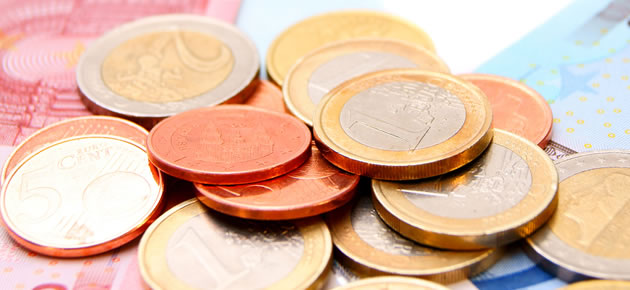With appetite for the Euro severely dampened by developments in Portugal and Ukraine, the Euro to Australian Dollar (EUR/AUD) exchange rate slid on Friday.
The ‘Aussie’ largely recovered employment data-inspired losses over the course of Australasian trading and the South Pacific asset was able to rally against its struggling European peer.
On Thursday the Euro posted widespread declines in response to the news that one of Portugal’s largest financial institutions is ‘restructuring’ its debt programme.
Yesterday concerns for the fiscal stability of Banco Espirito Santo caused a plummet in shares and the early closure of share trading.
Espirito Santo International (a parent company to Banco Espirito Santo) announced that it missed commercial paper payments and despite Portugal’s central bank’s attempts at reassurance, investors were transported right back to the darkest days of the financial crisis.
According to industry expert Inigo Lecubarri; ‘The implication of what’s happening are huge. Investors are finding out new information just weeks after the regulators and the underwriters scrutinized the bank before its rights offer. This is a blow to confidence in regulators and supervisors and it puts the risk premium up.’
This sign of fiscal instability in one of the Eurozone’s core economies saw the Euro decline against almost all of its most traded currency counterparts.
The Euro to Australian Dollar exchange rate brushed a low of 1.4465 overnight before trimming its decline to 0.15%.
The Euro to US Dollar exchange rate was little-changed during the European session and experienced only minimal movement after Germany’s final inflation figures for June were published.
Speculation that the US Federal Reserve will maintain a policy of record low interest rates for some time to come is keeping the ‘Greenback’ a little depressed. In the view of currency strangest Roy Teo; ‘The Fed is on the cautionary side despite data improving. With the current environment, where volatility remains low, the trend of carry trades remains in vogue and therefore you can see, to a certain extent, the Dollar is underperforming.’
Next week movement in both the EUR/AUD and EUR/USD pairings could be caused by the following reports from the Currency Bloc; Industrial Production, German ZEW Economic Confidence, Eurozone Trade Balance, Eurozone Consumer Price Index and Eurozone Current Account.
Euro (EUR) Exchange Rates
[table width=”100%” colwidth=”50|50|50|50|50″ colalign=”left|left|left|left|left”]
Currency, ,Currency,Rate ,
Euro, ,US Dollar,1.3606,
,US Dollar,1.3606,
Euro, ,British Pound, 0.7955,
,British Pound, 0.7955,
Euro, ,Australian Dollar,1.4488,
,Australian Dollar,1.4488,
Euro, ,New Zealand Dollar,1.5470,
,New Zealand Dollar,1.5470,
Euro, ,Canadian Dollar,1.4520,
,Canadian Dollar,1.4520,
[/table]



